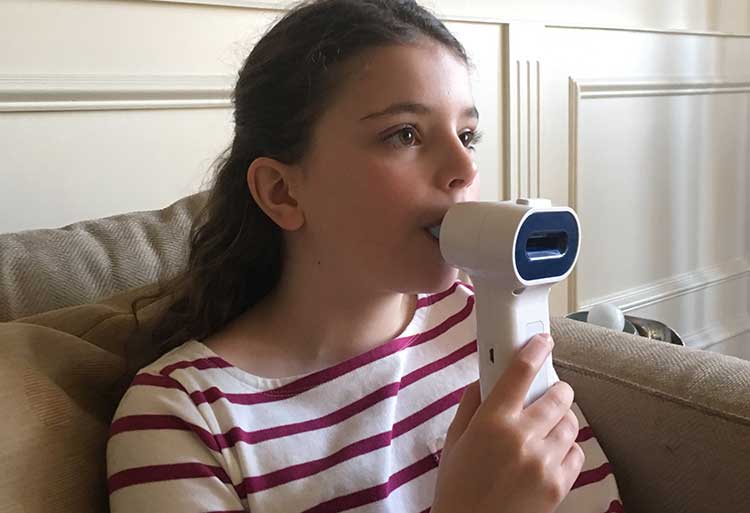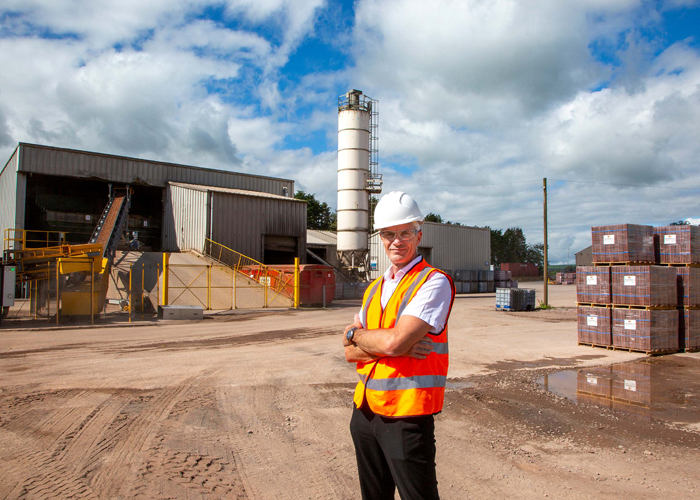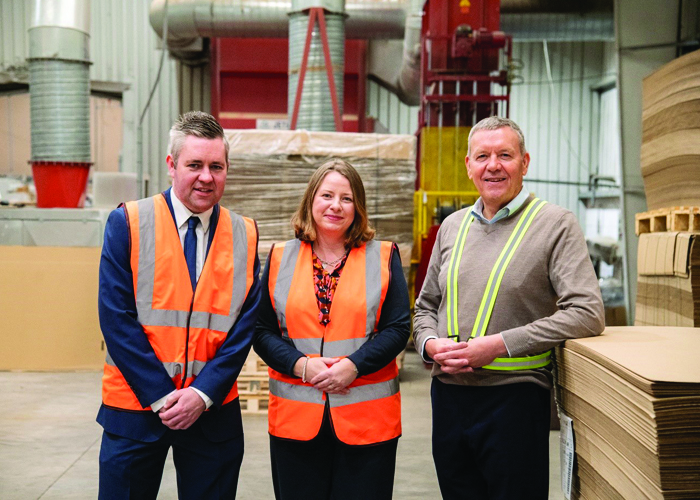Glasgow-based product design and development consultancy Wideblue has successfully developed a ground breaking new medical device for client Cambridge Respiratory Innovations Limited (CRiL).
The device, N-Tidal, is a small battery powered personal capnometer which is used to measure the amount of CO2 in exhaled breath. The changes in CO2 concentration as a patient breathes in and out through the device can be used to assess the health of a patient’s lungs. Currently in normal hospital use capnometers are a large bedside machine connected to a patient’s face mask or a sensor located in life support equipment. N-Tidal is transformational as it will be used as a personal respiratory monitor.
In this new product innovation Wideblue sought to miniaturise and simplify this advanced technology to such a point that a hand held, battery-powered device could be developed for use by patients at home, by GPs or respiratory specialists. Wideblue chose an infra-red LED tuned to the peak CO2 absorption wavelength and developed some patented infra-red optics to measure CO2 levels as the patient breathes through the device. Miniaturisation allowed the sensor to be located directly in front of the mouth — this gave a much better resolution of the CO2 concentration in each individual breath profile.
The device is used by simply breathing in and out through the breath tube in a normal relaxed manner. A replaceable breath tube with integrated infra-red window means that the device can be used by multiple patients and prevents cross-contamination. Within seconds a traffic light system (red, amber, green) on the device will tell the user the health status of their lungs and will, if necessary, indicate whether a follow up message or call for further treatment is required. Electronics within the device capture the data from the sensor, analyse the breath record and wirelessly transmit the data to a secure server.
Russell Overend, Wideblue’s managing director said: “Despite the high tech nature of the personal capnometer, the biggest challenge was miniaturisation, ergonomics and usability. There are other respiratory devices in use such as peak flow meters and spirometers, but they are difficult for the patient to use, requiring the patient to blow hard through a tube. As the first device of its kind the personal capnometer had to be intuitive and simple to use. The device is to be used by patients with respiratory related diseases such as asthma, COPD and CHF. Early clinical results show that the data from the device can be used to predict attacks or exacerbations in advance by measuring changes in CO2 profiles. Doctors can then decide if a change in medication is required to prevent an attack.”
He added: “The device is currently undergoing clinical/user trials and has already produced superb clinical results. Subject to successful completion of these trials and regulatory approvals we expect the units to go into commercial production in 2020.”











